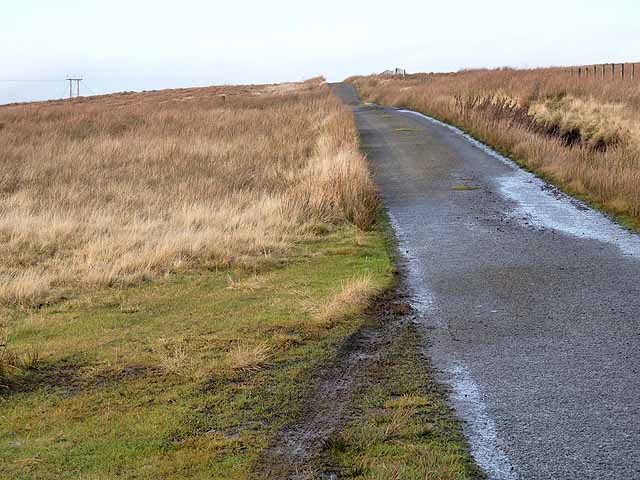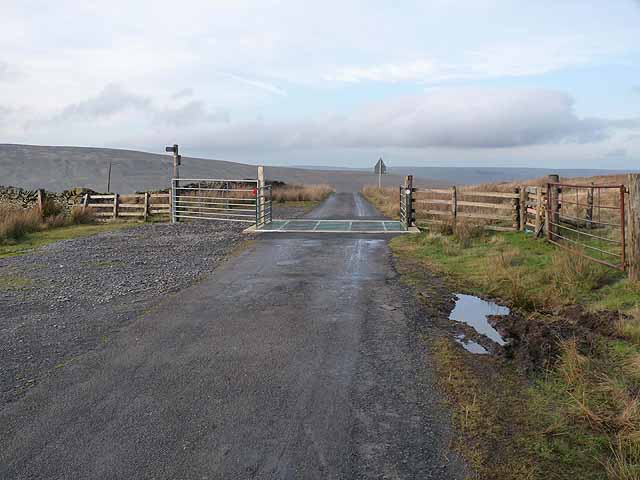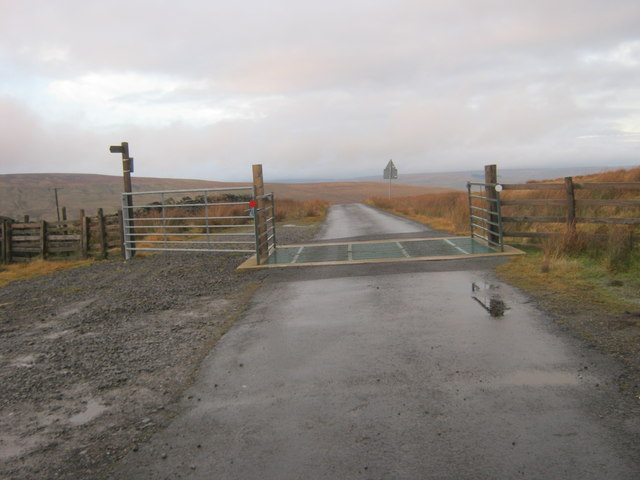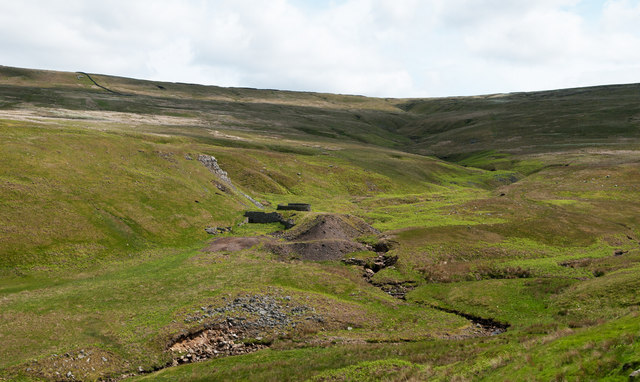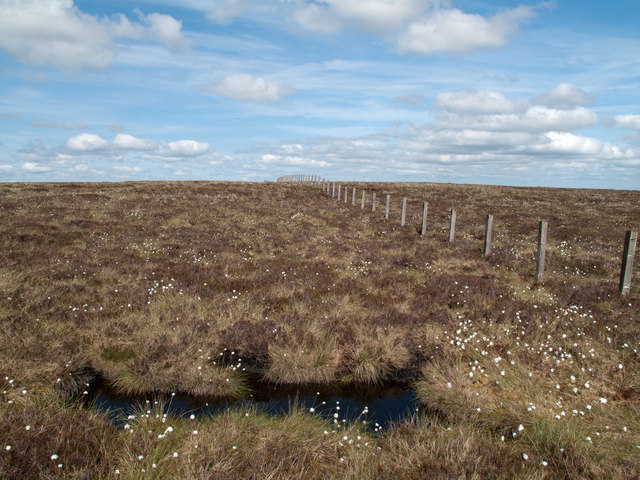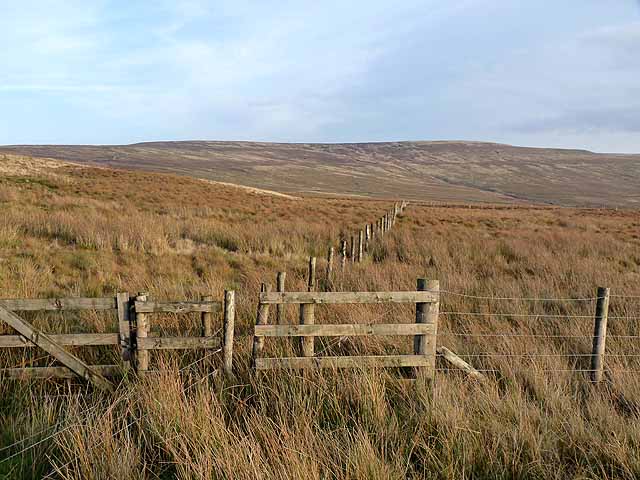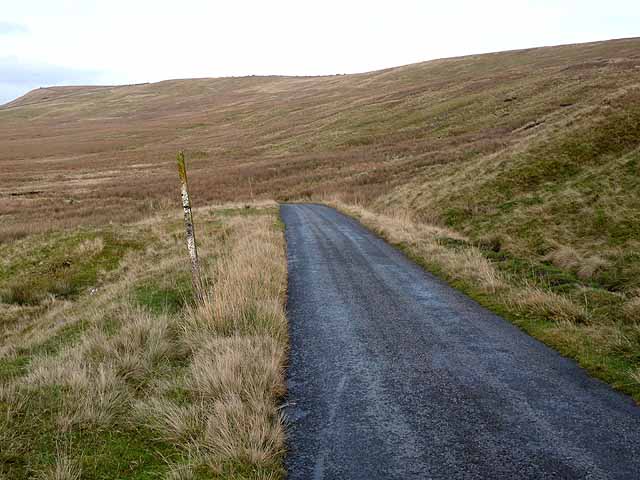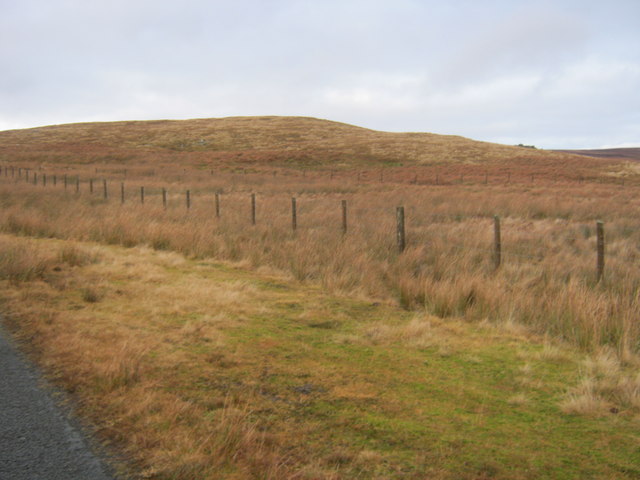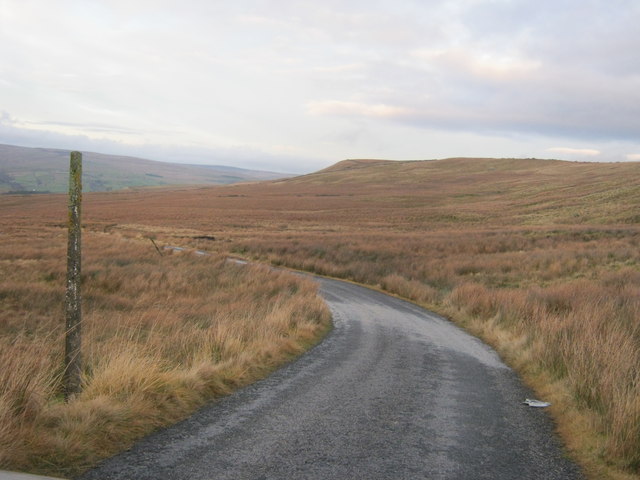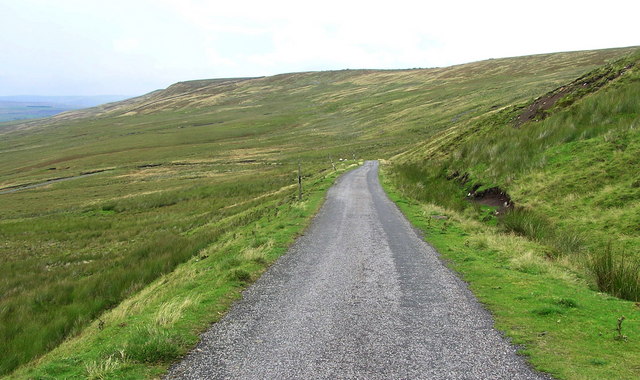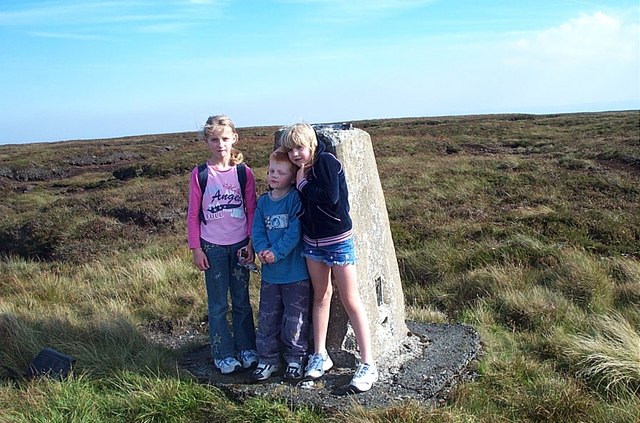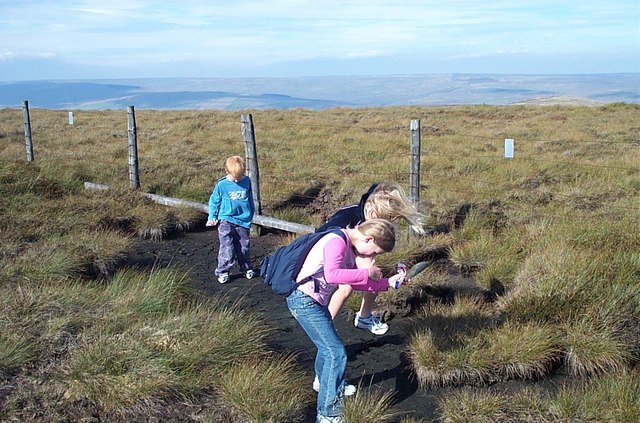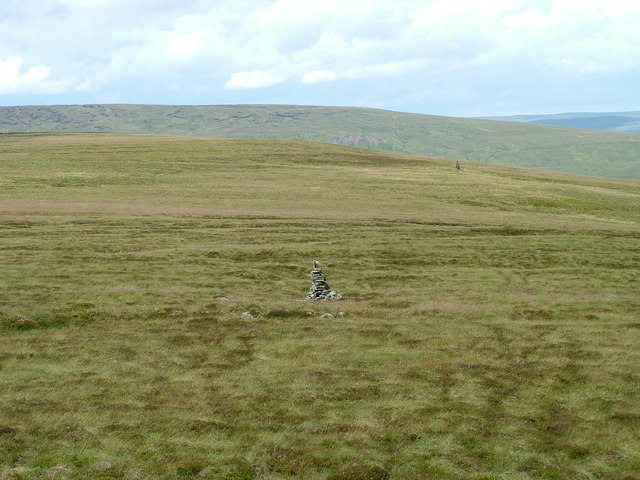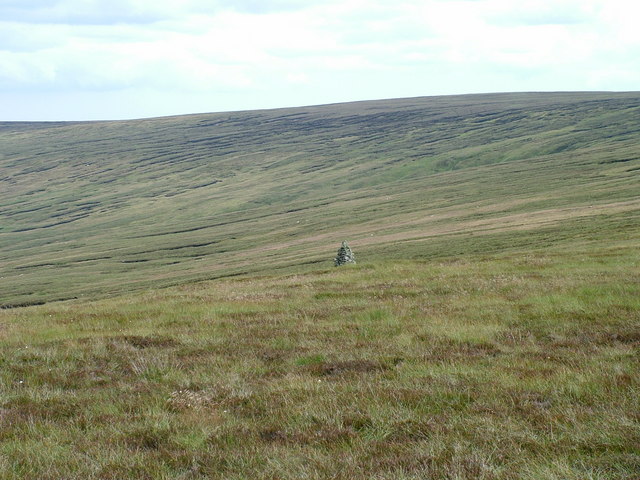Wolfcleugh Head
Landscape Feature in Durham
England
Wolfcleugh Head
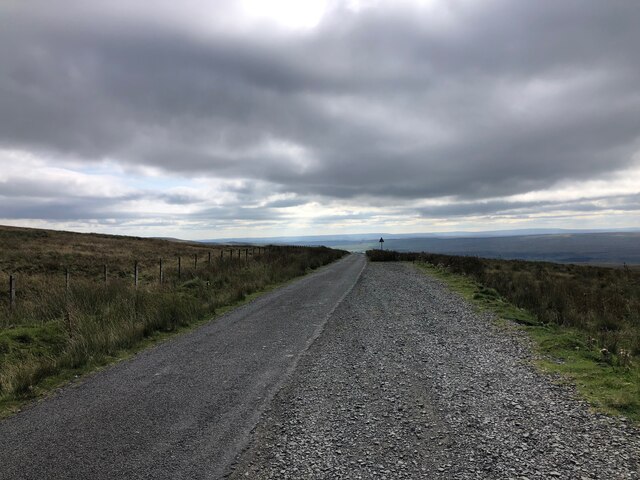
Wolfcleugh Head is a prominent landscape feature located in County Durham, England. Situated in the North Pennines Area of Outstanding Natural Beauty, it is a distinctive hill that rises to an elevation of approximately 530 meters (1,740 feet) above sea level.
The hill is characterized by its rugged and rocky terrain, covered in heather and grasses that turn golden during the summer months. This creates a stunning contrast against the deep green hues of the surrounding moorland. Wolfcleugh Head offers breathtaking panoramic views of the surrounding countryside, including the nearby Teesdale and Weardale valleys.
The area is known for its rich biodiversity, with a variety of flora and fauna making their home on the hill. Rare bird species such as the red grouse and curlew can be spotted, as well as several species of butterflies and moths. The hillside is also dotted with ancient stone walls, evidence of past agricultural activities.
Wolfcleugh Head is a popular destination for outdoor enthusiasts, attracting hikers, walkers, and nature lovers from near and far. Several footpaths and trails crisscross the area, providing opportunities for exploration and adventure. The hill's location within the North Pennines Area of Outstanding Natural Beauty ensures its protection and preservation for future generations to enjoy.
Overall, Wolfcleugh Head is a remarkable landscape feature in Durham, offering a unique blend of natural beauty, biodiversity, and recreational opportunities. It is a place where visitors can immerse themselves in the stunning scenery and experience the tranquility of the North Pennines.
If you have any feedback on the listing, please let us know in the comments section below.
Wolfcleugh Head Images
Images are sourced within 2km of 54.695864/-2.1283398 or Grid Reference NY9133. Thanks to Geograph Open Source API. All images are credited.
![Road summit at Swinhope Head [2] Quite a contrast to the last time I took a photograph here [22/03/18] as the temperature on that occasion was only a little above freezing, but on this occasion it was 33°C, even at 2000ft. Taken on a day of record breaking temperatures across Britain. Not much point in coming up here to keep cool.](https://s3.geograph.org.uk/geophotos/07/23/44/7234403_67798f0e.jpg)
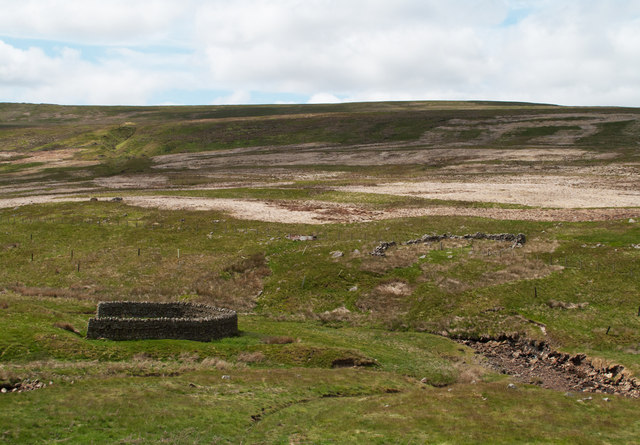
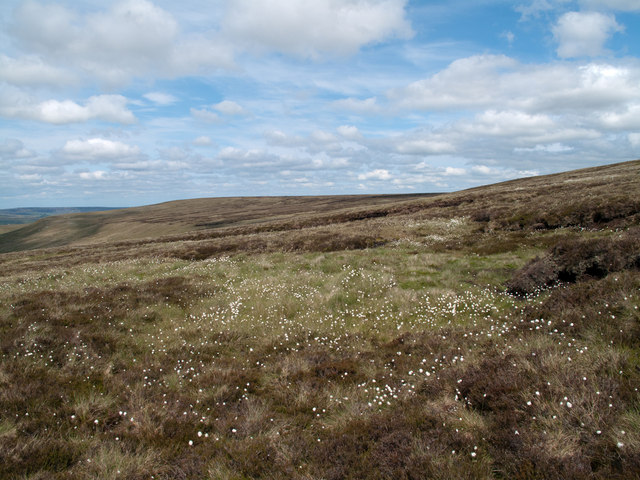
Wolfcleugh Head is located at Grid Ref: NY9133 (Lat: 54.695864, Lng: -2.1283398)
Unitary Authority: County Durham
Police Authority: Durham
What 3 Words
///strumming.fires.recording. Near Newbiggin, Co. Durham
Nearby Locations
Related Wikis
Fairy Holes Cave
Fairy Holes Cave is a Site of Special Scientific Interest in the Wear Valley district of west County Durham, England. It is located on the western flanks...
Westernhope Burn Wood
Westernhope Burn Wood is a Site of Special Scientific Interest in the Wear Valley district of south-west County Durham, England. It occupies the steeply...
Westgate, County Durham
Westgate is a village in the civil parish of Stanhope, in County Durham, England. It is situated in Weardale between St John's Chapel and Eastgate. In...
North Pennines
The North Pennines is the northernmost section of the Pennine range of hills which runs north–south through northern England. It lies between Carlisle...
Nearby Amenities
Located within 500m of 54.695864,-2.1283398Have you been to Wolfcleugh Head?
Leave your review of Wolfcleugh Head below (or comments, questions and feedback).
